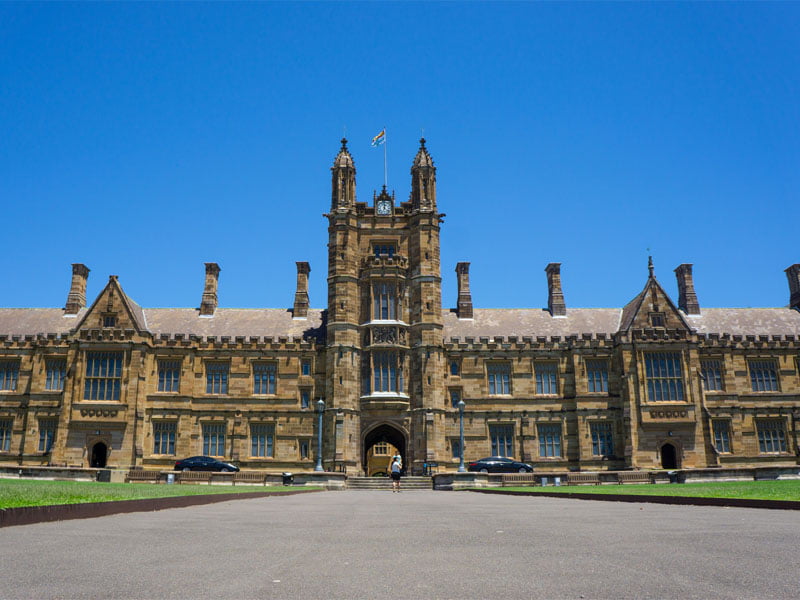Chris Pyne’s higher education research review addresses a familiar problem in Australia that has been looking for a long term solution for decades.
That is, the nation produces some stellar research in return for its multi-billion dollar annual investment in the sector, but the commercial returns have been consistently under-whelming.
In its simplest terms, this problem describes an Australia that punches above its weight in the production of research papers – discovering new stuff – but below its weight in securing patents, the IP that ultimately brings home the bacon.

Most nations would consider this a nice problem to have. In Australia, we call it underperforming.
One area we seem to have over-performed in recent years is in the production of reports on our research, innovation and commercialisation sectors. There have been a lot of them since the Coalition was elected two years ago. And yet, here we are at the launch of another.
Establishing effective research linkages, and improving the commercial outcomes from publicly-funded research has been a serious and vexing issue for successive governments. It is clearly not easy.
But you have to wonder out loud whether another review – albeit one conducted by such an incredible and esteemed group – is the best available weapon to finally crack this very tough nut.
Haven’t we been here before? Do we need to construct a new way to look at this issue?
Is the appointment of a former senior public servant, however emminent (in this case the recently retired, former secretary of the Department of Prime Minister and Cabinet, Dr Ian Watt) and an advisory board of senior academics really the best way forward? Isn’t this the siloed view we’re trying to avoid?
Maybe there are some industry people who might get a look in? Maybe some young people? Foreign researchers?
This is Chris Pyne’s review, of course, but the point remains that if we keep doing things the way they have always been done we are probably going to end up with the same result.
Government policy in this area is getting confusing and the drip feed of reviews into what has been a well explored issue for Australian industry is not making it any clearer.
It is incredibly annoying. This review of university research funding and policy was born out of a discussion paper on ‘Boosting the Commercial Returns from Research’ published last October, which had come out the ‘Industry Innovation & Competitiveness Agenda’.
Government has already announced (in May) its science and research priorities across a set of nine disciplines. This was announced through the Prime Minister, and the Industry Minister Ian Macfarlane, also the by-product of the competitiveness agenda.
So now we are getting to a year since the competitiveness agenda was announced, and we are again looking at a well-studied issue in the most tightly-scripted and siloed review. This review will look at improving commercialisation of a research agenda set by others and excluding the kind of commercial advisory partners that might make the review interesting.
The metrics used as the basis for Chris Pyne’s review are exactly the same OECD numbers used to underline the original competitiveness agenda work. Like there has been no change in Australia’s – or the worlds’ – circumstances since then. Like time stood still.
So this brings us back to industry representation in Mr Pyne’s review. Of course the purity of research is one critical component of our collective goals. But if we are talking about improving commercial outcomes, industry can deliver perspective. And this includes the notion of velocity.
Velocity is important. Of course the people on this review are smart enough to understand this. Intellectually it is easy enough to read about the great forces of change and the speed with which they move.
But you get a better perspective hearing from the people who are doing the moving, who are forcing the change. Surely this perspective is critical to developing a better system of resource allocation to the already-decided research priorities.
So let’s look at the numbers that have prompted all the reviews of the past two years. In 2012, Australia contributed 3.6 per cent of the research papers in the world from 0.3 per cent of the population (9th in the OECD). Australia particularly improved its top quality research, boosting its share of the top 1 per cent of cited papers from 3.6 in 2005 to 6.3 in 2013.
On the downside, Australia ranked 23rd out of 32 OECD nations on the number of papers produced collaboratively between industry and research institutions.
We keep hearing from government about how policy silos are being broken down, about public servants daring to do new things in new ways. In the case of this review of research funding, this is clearly not happening.
Incidentally, it is worth noting the research funding priorities as set out by Ian Macfarlane. These are disciplines where it is felt Australia has some form of competitive advantage and where our research focus will lie. These were: food, soil and water, transport, cybersecurity, energy, resources, advanced manufacturing, environmental change and health.
How data science wasn’t able to make this list defies logic. Australia has genuine, world-class expertise and institutions in this area (NICTA and the Advanced Analytics Institute at the University of Technology, Sydney are recognised here).
And the NICTA model, which was very specifically designed to bring research and industry together, has taken a decade to refine. But it is precisely the kind of industry–institution system of collaborative research that gets talked about a lot during reviews like this.
Even as it has been defunded and consumed by the leviathan CSIRO, NICTA it is the model that seems to provide a way forward for other research disciplines.
* Photo Credit: by Daniel Neubauer via http://bit.ly/1dNgA0O
Do you know more? Contact James Riley via Email.

